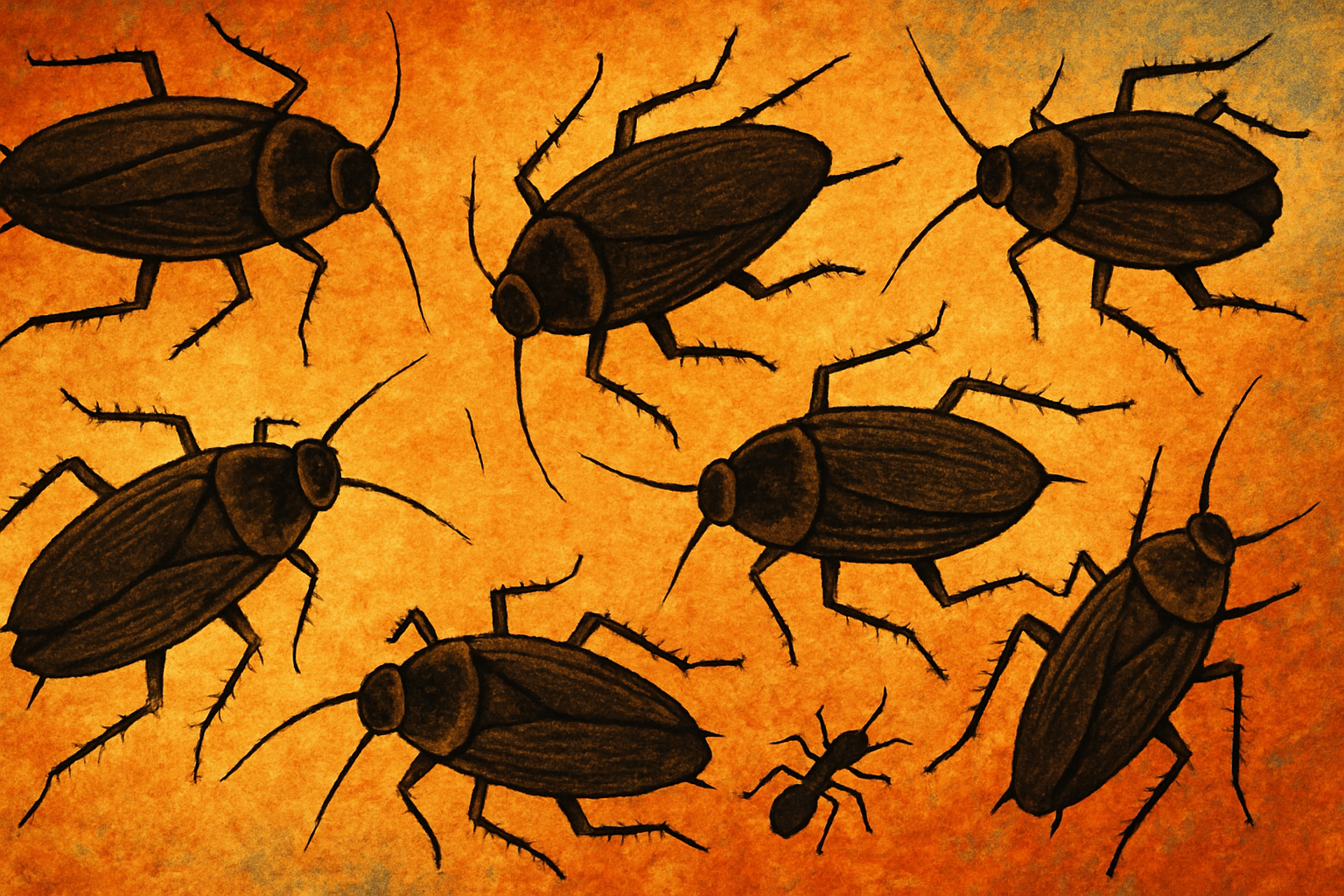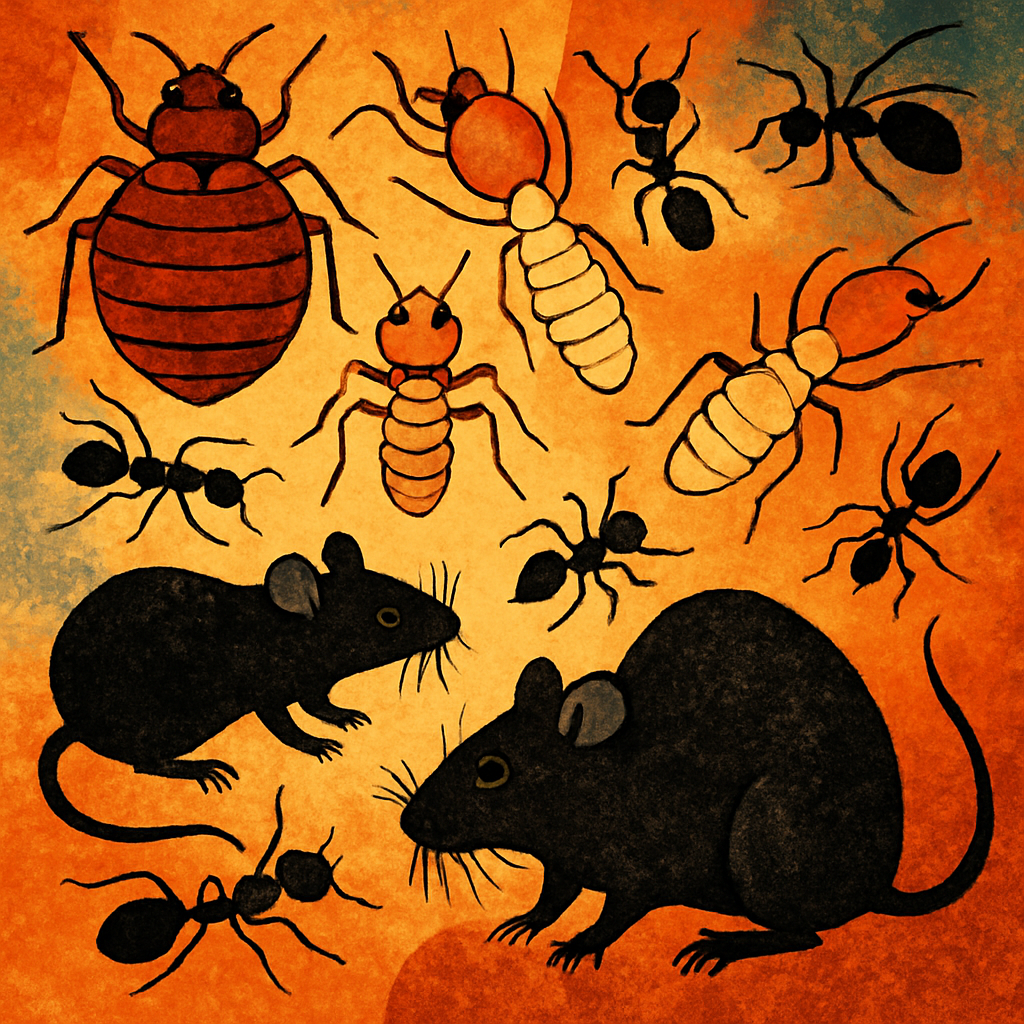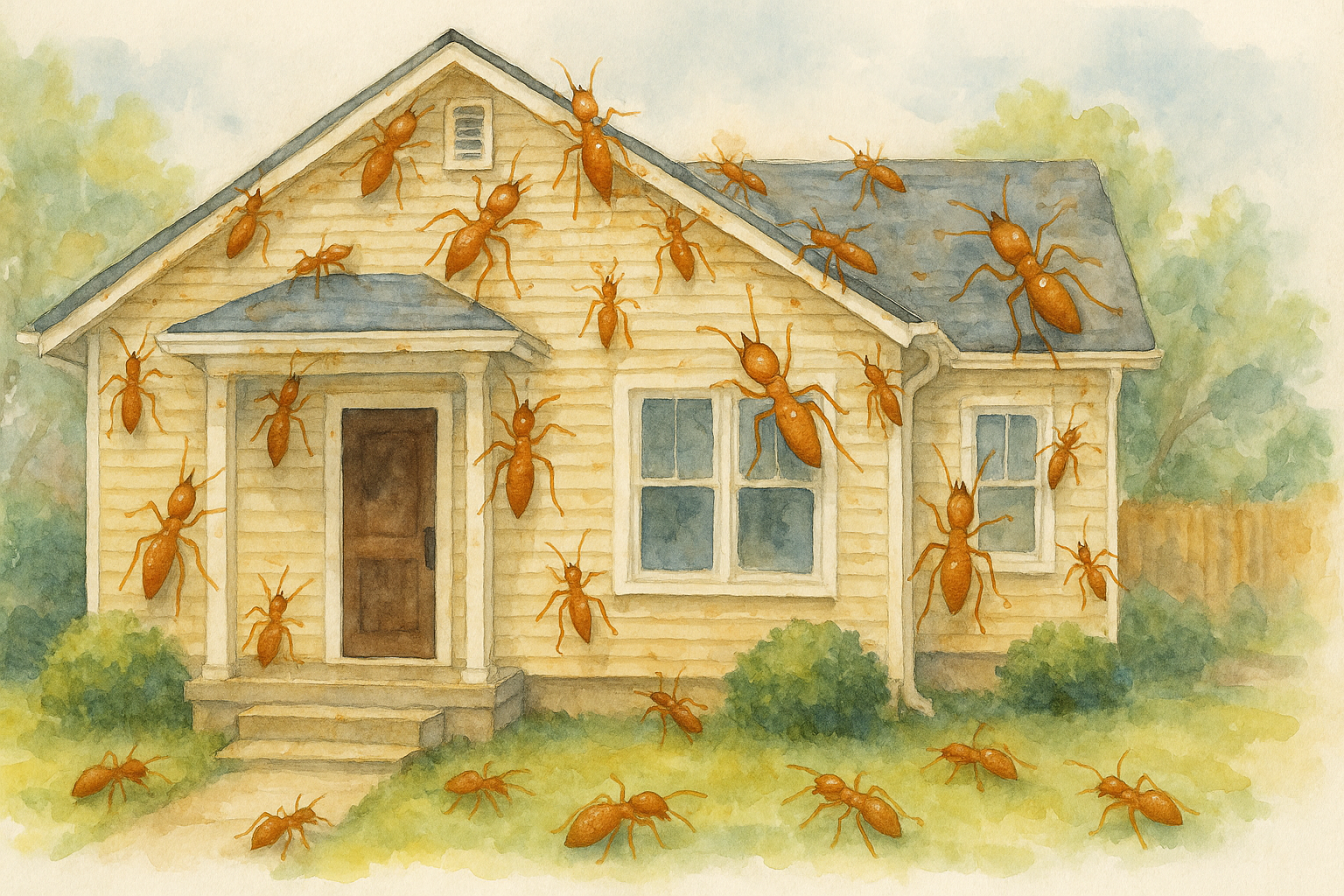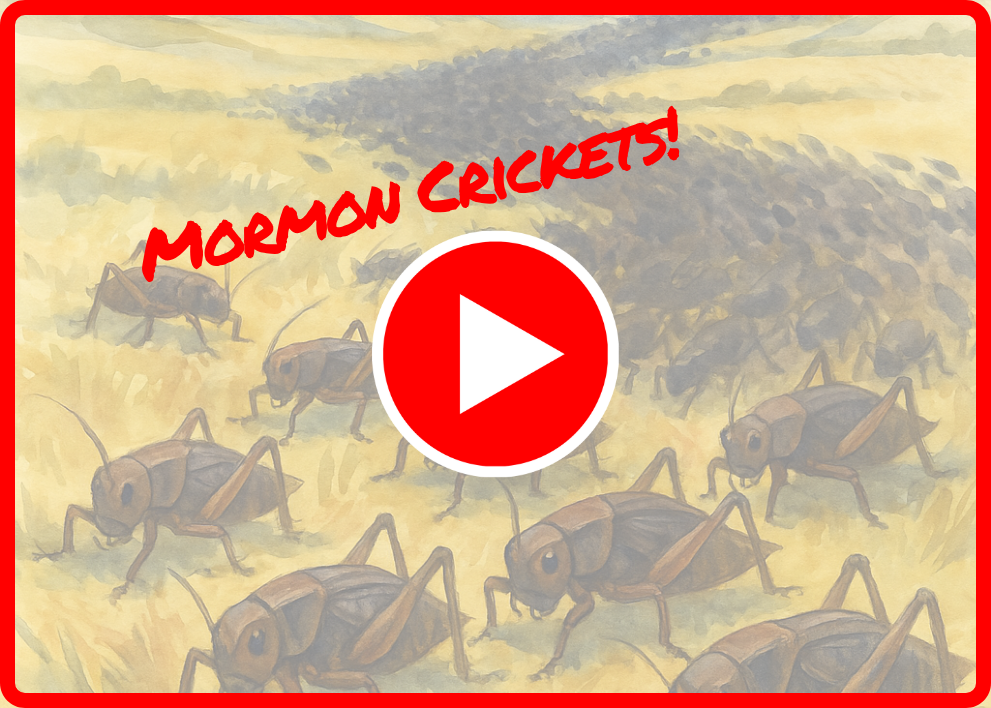Idaho is home to a wide variety of beetle species, each with distinct roles in the ecosystem. From forest pests like the mountain pine beetle to beneficial beetles that help control invasive plants, the diversity of beetles in Idaho plays a significant role in maintaining ecological balance. Below is an overview of some notable beetle species found in the state.
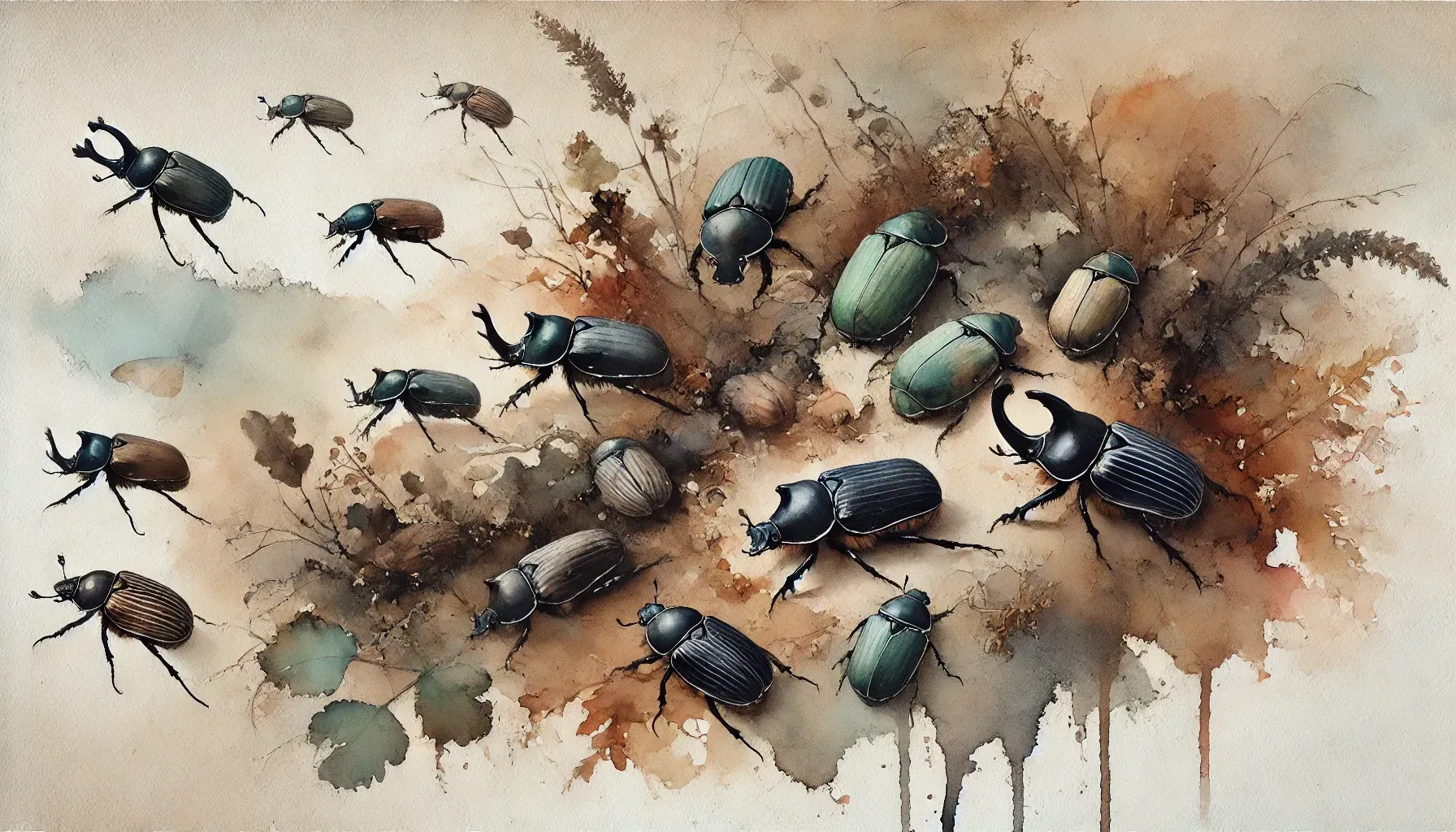
Longhorned Beetles (Cerambycidae)
Longhorned beetles are common in Idaho and are known for their elongated bodies and long antennae. A study conducted on Idaho’s longhorned beetles listed 134 species, including Batyle ignicollis, Callidium antennatum, and Megacyllene robiniae, which are often found in forests where they play a role in breaking down dead wood (Rice et al., 2017).
Tiger Beetles (Cicindelidae)
Tiger beetles are predatory beetles known for their speed and agility. Idaho is home to 16 species of tiger beetles, including Cicindela depressula and Cicindela parowana. These beetles are often found in sandy or open habitats and are important for controlling insect populations (Shook, 1984).
Mountain Pine Beetle (Dendroctonus ponderosae)
The mountain pine beetle is one of the most destructive beetles in Idaho’s forests. This beetle targets pine trees, particularly lodgepole and ponderosa pines, and can decimate large areas of forest during outbreaks. Its infestations are driven by climate and environmental factors, and these beetles have been a significant factor in the mortality of trees in the region (Brunelle et al., 2008).
Douglas-Fir Beetle (Dendroctonus pseudotsugae)
Another notable forest pest is the Douglas-fir beetle, which primarily attacks Douglas-fir trees in northern Idaho. This beetle causes extensive damage during outbreaks, leading to tree mortality and affecting forest health. The beetle prefers weakened trees, and its infestations are often associated with drought or fire-damaged forests (Dodds et al., 2006).
Colorado Potato Beetle (Leptinotarsa decemlineata)
The Colorado potato beetle is a well-known agricultural pest in Idaho, particularly for its impact on potato crops. This beetle is resistant to many common insecticides, making it a challenging pest to control. Research conducted on Idaho’s Colorado potato beetle populations showed varying levels of resistance to different insecticide classes, highlighting the importance of integrated pest management strategies (Johnston & Sandvol, 1986).
Conclusion
Idaho’s beetle diversity plays both beneficial and harmful roles in ecosystems and agriculture. While species like longhorned and tiger beetles contribute positively to controlling other insect populations, forest pests such as the mountain pine and Douglas-fir beetles pose significant threats to the state’s forests. Understanding these beetles' behaviors and ecological impact is crucial for effective management and conservation strategies.
Works Cited
Rice, M., Merickel, F. M., & MacRae, T. C. (2017). The Longhorned Beetles (Coleoptera: Cerambycidae) of Idaho. The Coleopterists Bulletin, 71(4), 667-678. https://bioone.org/journals/the-coleopterists-bulletin/volume-71/issue-4/0010-065X-71.4.667/The-Longhorned-Beetles-Coleoptera-Cerambycidae-of-Idaho/10.1649/0010-065X-71.4.667.short.
Shook, G. (1984). Checklist of tiger beetles from Idaho (Coleoptera: Cicindelidae). The Great Basin Naturalist, 44(1), 18. https://scholarsarchive.byu.edu/cgi/viewcontent.cgi?article=2679&context=gbn.
Brunelle, A., Rehfeldt, G., Bentz, B., & Munson, A. (2008). Holocene records of Dendroctonus bark beetles in high elevation pine forests of Idaho and Montana, USA. Forest Ecology and Management, 255(3-4), 836-846. https://www.sciencedirect.com/science/article/abs/pii/S037811270700761X?via%3Dihub.
Dodds, K., Garman, S., & Ross, D. (2006). Landscape analyses of Douglas-fir beetle populations in northern Idaho. Forest Ecology and Management, 231(1-3), 119-130. https://www.sciencedirect.com/science/article/abs/pii/S0378112706003203?via%3Dihub.
Johnston, R. L., & Sandvol, L. E. (1986). Susceptibility of Idaho populations of Colorado potato beetle to four classes of insecticides. American Potato Journal, 63(2), 81-85. https://link.springer.com/article/10.1007/BF02853686.
Contact Today For $100 Off Your Initial Service!
⭐⭐⭐⭐⭐
Backed by our Bigfoot Guarantee!
What Customers Are Saying:
"Everyone from Bigfoot is awesome. They are always on time. They're extremely thorough. I've not had a single issue in the two years they have been treating our home. Well worth it!"
T. Potter | Meridian, ID

